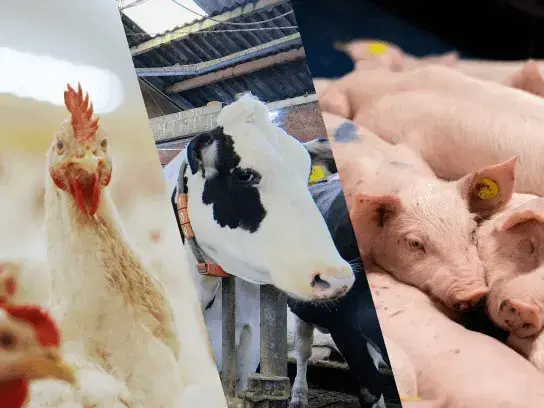- Cattle
- Dairy cattle
- 2 minutes read
16 Hours of Light, 8 Hours of Darkness
Research and experience show that a 16-hour light and 8-hour dark cycle (16L:8D) is the most effective approach for dairy cows. This schedule mimics optimal summer conditions, ensuring cows benefit from increased IGF-1 while maintaining a stable circadian rhythm.

How to Optimize Barn Lighting for Maximum Milk Yield
Lighting needs to be used intentionally to support both production and animal welfare. Here’s how to manage it effectively:
- Ensure Uniform Light Distribution – Shadows and dark spots can create stress. Well-placed, high-quality agricultural lighting keeps the barn evenly illuminated.
- Maintain a True Dark Period – At least 6-8 hours of darkness is essential for proper melatonin release. Barns should be dimmed to a maximum of 5 lux to support this process.
- Automate Light Schedules – Using a light clock ensures consistent, optimized lighting patterns, keeping cows in a healthy routine.
The Bigger Picture: Light as a Tool for Well-being
A properly managed light-dark cycle supports:
- Reduced stress and restlessness
- Improved feeding consistency
- Better reproductive health
- Enhanced immune function
By strategically balancing both light and darkness, farmers create an environment that supports both productivity and animal welfare.

Final Thought: Light is Good, But Darkness is Necessary
Both elements work together to maintain the natural balance of dairy cows. By providing structured lighting schedules, farmers can enhance milk yield while keeping cows healthy and stress-free. The right adjustments make all the difference in sustainable and efficient dairy farming.

.webp)
.webp)
